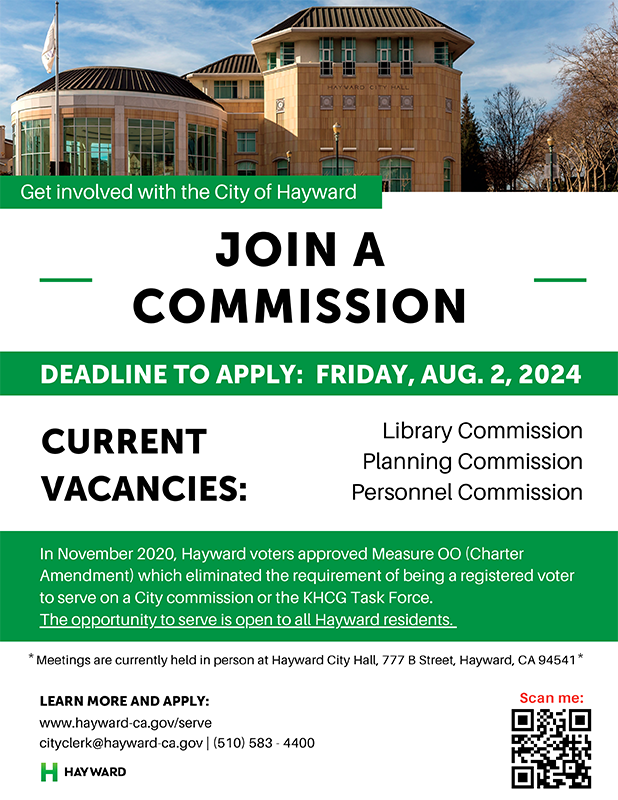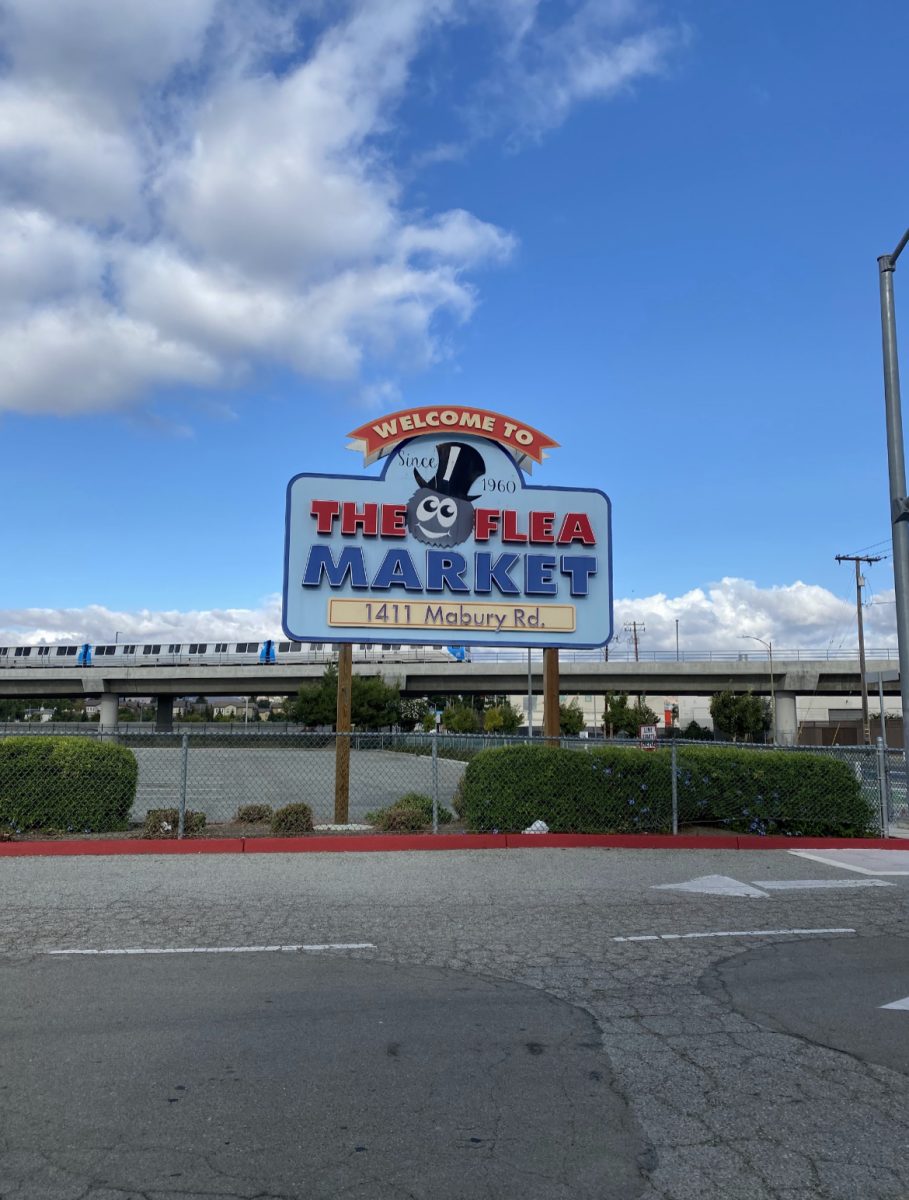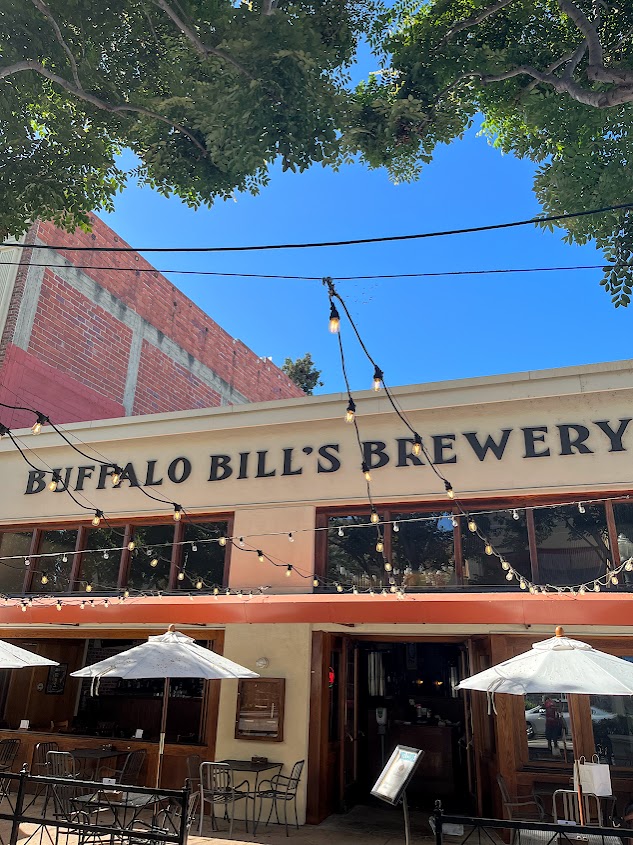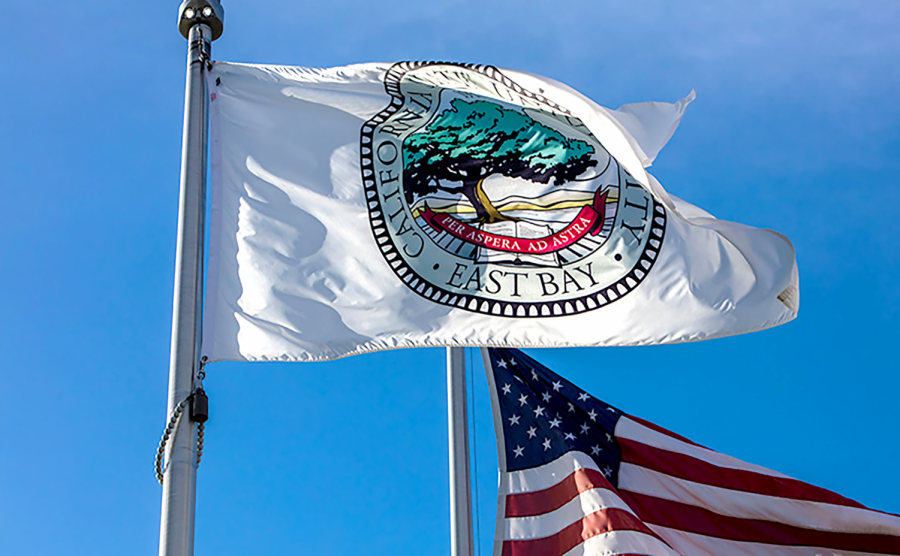As part of the system-wide BART Earthquake Safety Program, several BART stations in Alameda County are currently undergoing construction updates to improve patrons’ safety and ensure a speedy return to operation in the instance of a major earthquake.
Safety improvements are currently being made to BART’s elevated structures spanning from Hayward to Fremont, as well as along Martin Luther King Jr. Way in Oakland.
“BART’s neighbors and riders will experience some construction impacts,” said Catherine Westphall, BART community relations manager. “The work involves activities such as excavating to expose foundations, installing steel reinforcement, and pouring concrete, which may generate noise, dust, and vibration.”
BART tracks happen to be located on top of as many as six active earthquake faults, among them both the Hayward and Concord faults in the East Bay. Geologists said during a KRON news special an earthquake of over 7.0 magnitude can potentially cause BART tracks to shift up to three feet inside of the Berkley Tunnel.
In 2002, BART conducted a one and a half year long system-wide vulnerability check that established how well BART facilities and structures would withstand a major seismic impact.
The study concluded a severe earthquake would cause significant damage to the Transbay Tube—which connects Oakland to San Francisco—and aerial structures along the BART line.
Aerial structure improvements will essentially concentrate on either enlarging or reinforcing the original concrete foundations.
Study results also showed if structures of the mass transit system were not strengthened, it would take years to restore BART operations.
The need to establish an earthquake safety program initially stemmed from an earthquake prediction from the United States Geological Survey (USGS) that foresaw at least one major seismic impact anywhere from a magnitude of 7.0 to 7.9 hitting the Bay Area in the next 30 years.
USGS survey statistics have shown the predicted earthquakes could possibly be more devastating than the 1989 Loma Prieta earthquake that registered at 6.9 on the Richter scale.
Though registering small on the Richter scale, there have been approximately eight earthquakes in the San Francisco Bay Area in the last week, as reported by the USGS.
“The changes will help to ensure the safety of BART’s riders as well as the ability to return to operation shortly after a major earthquake,” said Westphall. “The work also helps to protect a significant public investment in BART. Conservative estimates show it would cost $15 billion to replace the system we have today.”
The original BART system built between 1972 and 1976 includes 74 miles of track, 34 stations, the Transbay Tube, the Berkely Tunnel, terminal operations and administration facilities, train control, and communications equipment.
In 2004, Bay Area voters passed Regional Measure AA, authorizing BART to issue a $980 million bond to make necessary safety improvements to the mass transit system in Contra Costa, San Francisco, and Alameda counties.
BART also received additional funding for the project from various organizations in California, some including the California Department of Transportation Local Seismic Safety Retrofit Program, Transportation Congestion Relief, and the FEMA Pre-Disaster Mitigation Program.
Construction updates began in 2008 with an estimated project completion in 2014. Improvements will occur at 17 BART stations and along more than 22 miles of track.
“We will work to minimize all impacts to our riders and neighbors,” said Westphall. “Our aim is to strengthen BART as quickly as possible while maintaining BART service.”
Projects have already been completed in several BART stations including West Oakland, Daly City, Concord, Lake Merritt, and as well as the Oakland Transbay Tube.
Updates currently taking place on the elevated structures along Martin Luther King Jr. Way in Oakland began in late September and have an anticipated completion date of late 2012. Construction crews began the initial process of designating a work area and reconfiguring traffic along the main street.
The Earthquake Safety Project stretching from I-238 in Hayward to Fremont will continue for much longer than a year.
BART estimates that strengthening the aerial structures along the Fremont train line will take up to five years’ time, pushing back the initial estimated date of completion for the entire program.
As of 2004, the complete total budget for the BART Earthquake Safety Program was $1.2 billion dollars.
Westphall said the BART Earthquake Safety Program will handle all of the immediate seismic upgrades, but will not hesitate to make improvements if they are required in the future.
“There are always ongoing housekeeping measures that need to happen, however, this is intended to be BART’s only major earthquake upgrade program,” said Westphall. “Should the seismic technology change significantly in the future, BART may choose to revisit the situation. We always want to ensure that BART is a safe as possible.”












